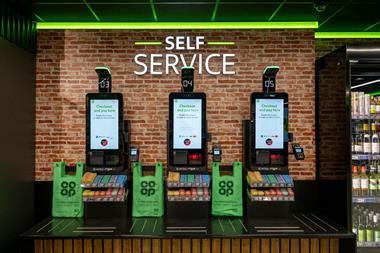While there is a growing consensus that retailers need to be customer-centric, the debate still rages about what this actually means.
While there is a growing consensus that retailers need to be customer-centric, the debate still rages about what this actually means.
It might be a while off before retailers agree among themselves on a definition, but it seems that members of the same management team can’t even agree on what the term means. While this confusion abounds, it makes it quite difficult to put technology solutions in place to support a customer-centric strategy.
Research on the issue conducted by Martec International for IT consultancy Charteris has highlighted that a resounding 100% of retailers surveyed identified customer-centricity as a major priority, and 53% consider themselves to be customer-centric. But, and it’s a big but, 63% of them did not feel that all their board members would agree on a definition of the term. Only 30% believe that their entire company understands the term.
And the report goes on to show that while a majority of companies have created a customer champion role to give emphasis to their customer-centric strategy, between a fifth and a third do not measure at all the value-add they deliver to customers through key processes. Those that do measure value-add, often don’t use a consistent or regular approach.
There is a long way to go for many retailers before they can begin to define the technology that could support and maximise customer-centric initiatives. The report on the issue gives six recommendations which can help retailers on their journey towards customer-centricity:
- Gain a clear consensus at board level on what customer-centricity means to your business
- Assign a dedicated resource to champion the customer
- Plan to achieve a single view of the customer
- Measure your processes for the value they add to the customer
- Create organisational agility to meet changing customer demands
- Define the technology needed to maximise customer centric initiatives
So as you can see, there is a long way to go before you think about the technology. Before you start shouting about how customer-centric you are, getting your management team to agree on what customer-centricity actually means to your business would be a good start.


























No comments yet